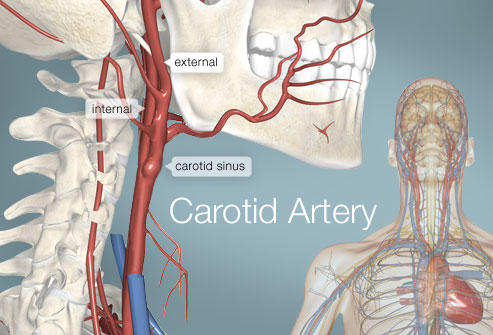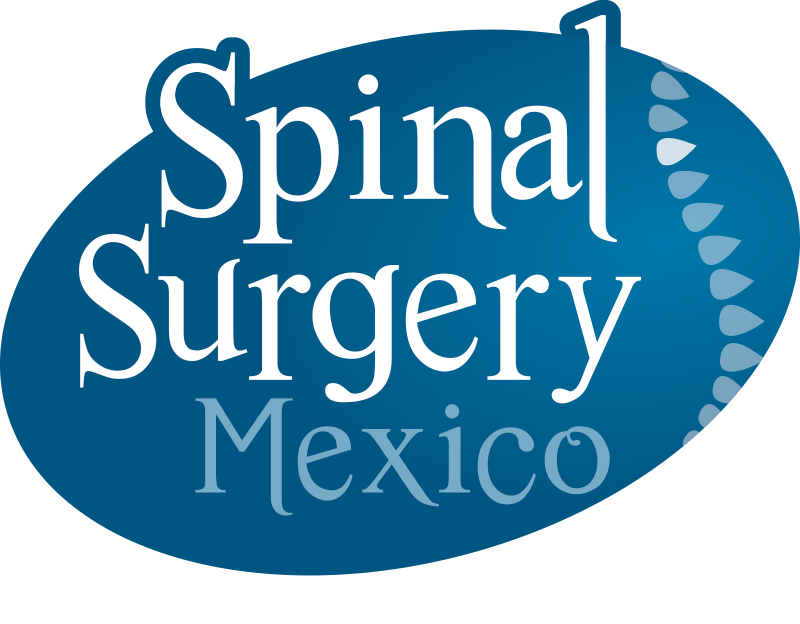CAROTID ARTERY DISEASE
Carotid artery disease refers to the narrowing of the carotid arteries. This narrowing is usually caused by the build-up of fatty substances and cholesterol deposits, called plaque. Carotid artery occlusion refers to complete blockage of the artery. When the carotid arteries are obstructed, there is an increased risk of a stroke, the third leading cause of death in the U.S.
CAROTID ARTERY DISEASE CAUSES
Carotid artery disease is also called carotid artery stenosis. The term refers to the narrowing of the carotid arteries. This narrowing is usually caused by the buildup of fatty substances and cholesterol deposits, called plaque. Carotid artery occlusion refers to complete blockage of the artery. When the carotid arteries are obstructed, you are at an increased risk for a stroke, the third leading cause of death in the U.S.
WHAT ARE THE CAROTID ARTERIES?
The carotid arteries are two large blood vessels that supply oxygenated blood to the large, front part of the brain. This is where thinking, speech, personality, and sensory and motor functions reside. You can feel your pulse in the carotid arteries on each side of your neck, right below the angle of the jaw line.

HOW DOES CAROTID ARTERY DISEASE HAPPEN?
Like the arteries that supply blood to the heart — the coronary arteries — the carotid arteries can also develop atherosclerosis or “hardening of the arteries” on the inside of the vessels.
Over time, the buildup of fatty substances and cholesterol narrows the carotid arteries. This decreases blood flow to the brain and increases the risk of a stroke.
A stroke — sometimes called a “brain attack” — is similar to a heart attack. It occurs when blood flow is cut off from part of the brain. If the lack of blood flow lasts for more than three to six hours, the damage is usually permanent. A stroke can occur if:
- • The artery becomes extremely narrowed
- • A piece of plaque breaks off and travels to the smaller arteries of the brain
- • A blood clot forms and obstructs a blood vessel
Strokes can occur as a result of other conditions besides carotid artery disease. For example, sudden bleeding in the brain, called intracerebral hemorrhage, can cause a stroke. Other possible causes include:
- • Sudden bleeding in the spinal fluid space — subarachnoid hemorrhage
- • Atrial fibrillation
- • Cardiomyopathy
- • High blood pressure
- • Blockage of tiny arteries inside the brain
WHAT ARE THE RISK FACTORS FOR CAROTID ARTERY DISEASE?
The risk factors for carotid artery disease are similar to those for other types of heart disease. They include:
- • Age
- • Smoking
- • Hypertension (high blood pressure) — the most important treatable risk factor for stroke
- • Abnormal lipids or high cholesterol
- • Diet high in saturated fats
- • Insulin resistance
- • Diabetes
- • Obesity
- • Sedentary lifestyle
- • Family history of atherosclerosis, either coronary artery disease or carotid artery disease
Men younger than age 75 have a greater risk than women in the same age group. Women have a greater risk than men older than age 75. People who have coronary artery disease have an increased risk of developing carotid artery disease. Typically, the carotid arteries become diseased a few years later than the coronary arteries.
DIAGNOSIS AND TREATMENT
The main symptoms associated with carotid artery disease are the so-called ITA's or ischemic transient attacks, which are periods that happen when a patient loses his or her abililty to talk, comprehend words or have weaknesses on any limb. Also, but less frequent is the LOC or loss of consciousness.
If you have presented these symptoms and also have risk factors, you probably have carotid artery disease and should seek medical advice.
Diagnosis is made when having the symptoms mentioned above, speech problems or not understanding when someone talks to us, besides weakness on one side of the body (left or right), weakness on one limb or LOC.
If so, you will be needing studies in order to rule out carotid artery disease. The studies will consist on medical evaluation with blood work including several sub-studies.
You will also need an Ultrasonography (USG) called vascular USG of the neck. A DOPLER test, which is done simultaneously with the USG.
According to the results of USG and DOPLER studies, you may need an Angiography, a MSI angiography or a CT, in order to establish the extent of occlussion on your arteries and to have the adecuate treatment.
Treatment consists on two main phases:
1.- Modificate risk factors: quit smoking, manage hypertension, manage dyslipidemia (disorder of fat metabolism) and increase exercising. Have a cardiologist consultation to rule out cardiac causes by testing with an electrocardiogram and maybe a cardiac USG (decided by the cardiologist).
2.- If the studies have shown a carotid obstruction of more than 60% and you have had symptoms, you are a candidate for carotid endarterectomy or carotid stent placement with or without angyoplasty.
Carotid endarterectomy consists in a surgical procedure done from the anterior part of your neck to expose the artery and “cleaning it” by taking out the plaque.
The other procedure would be “minimally” invasive, consisting on a catheterization of an artery (femoral or radial). Practiced by putting in very small catheters that specialists use to “navigate” inside the vessels, in order to gain access to the carotid artery to place a so-called STENT, to open up the affected artery and restore optimal blood flow to the brain.
Please contact us if you need any further information or to arrange an appointment.

